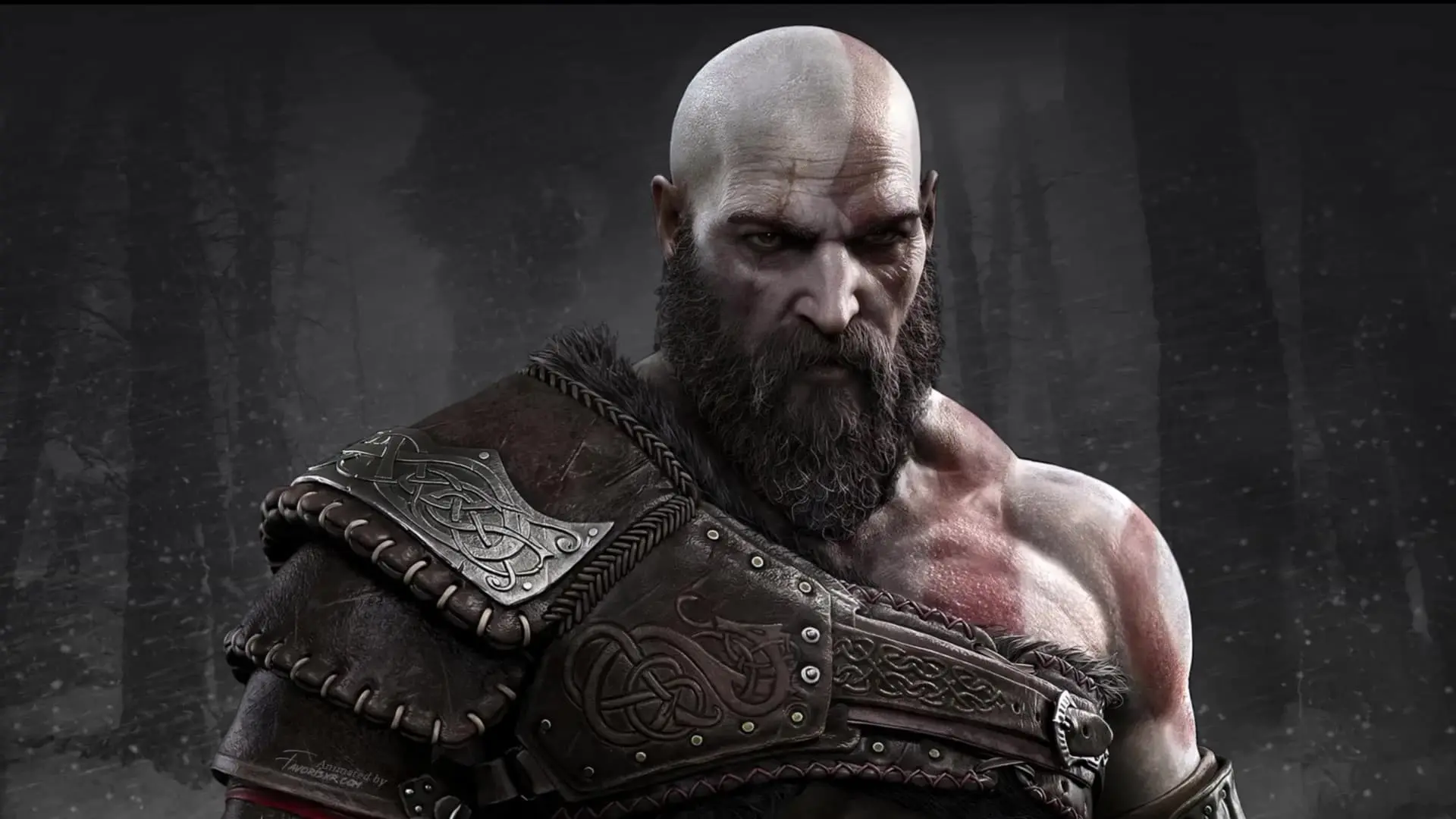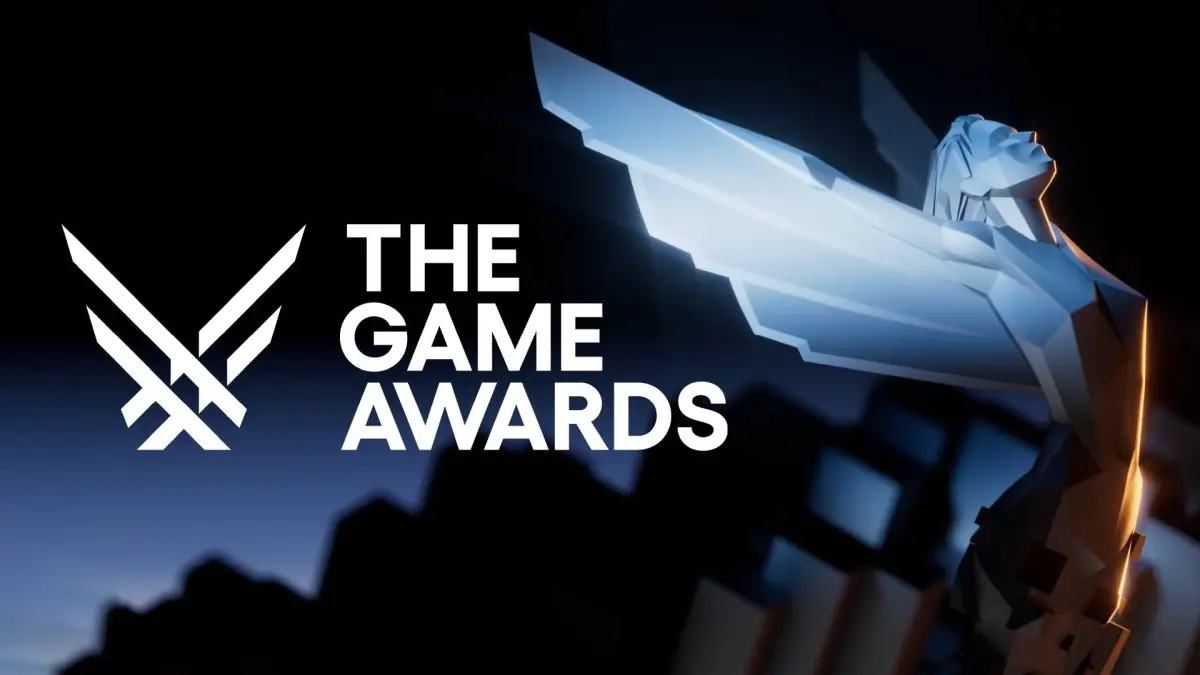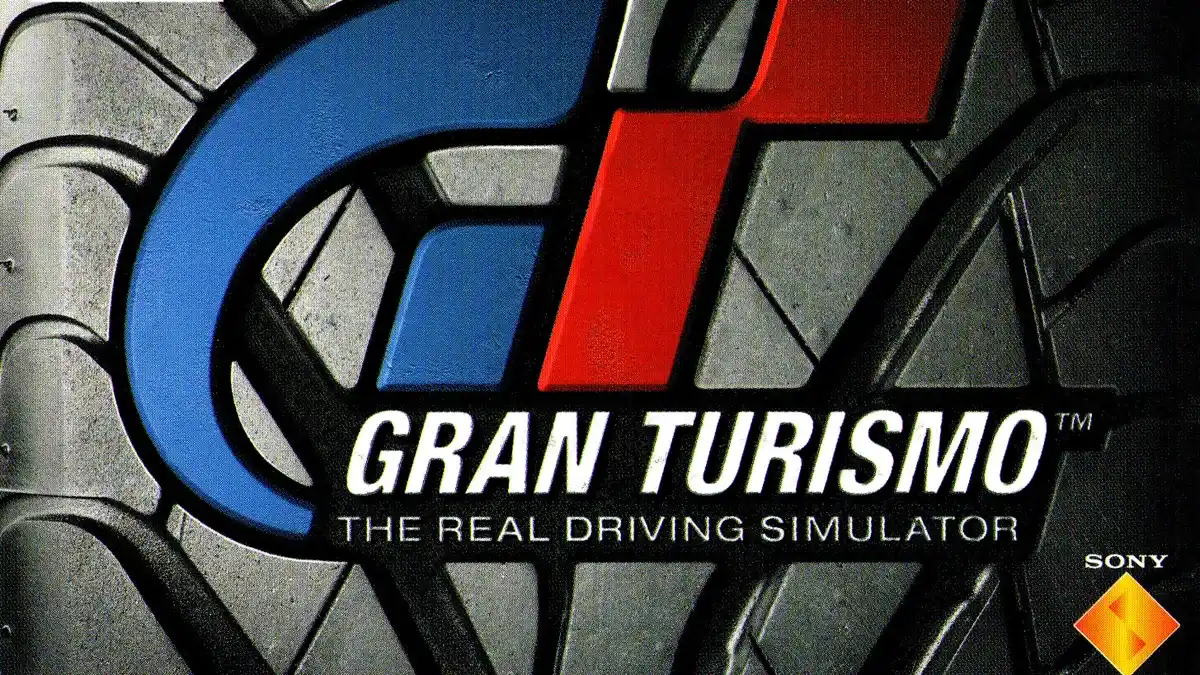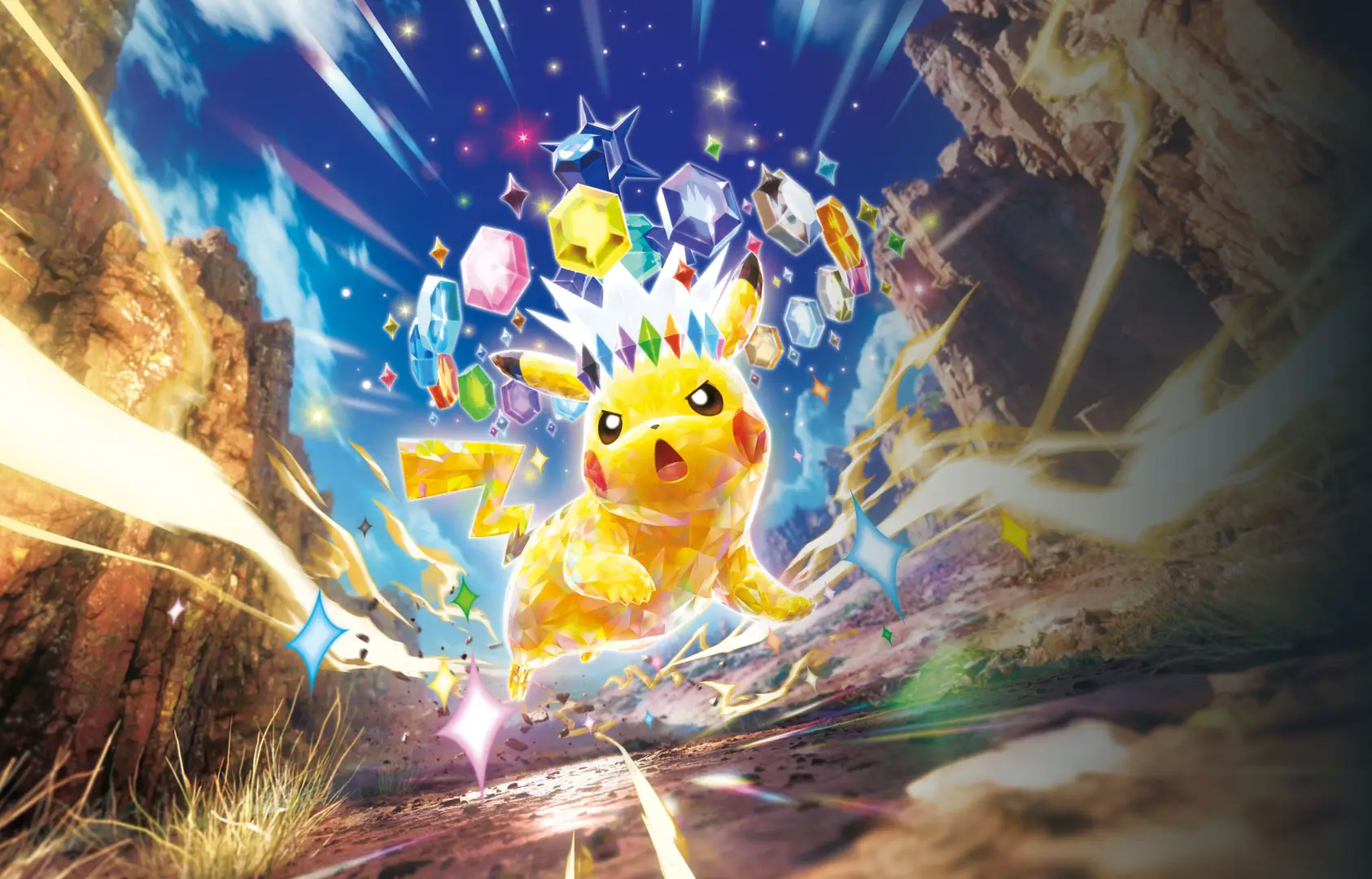Intervista a Reverie World Studios
GS: Your game will be one of the few MMORTS ever developed. How much will it be an MMO? How the world will be persistent?
As you’ve mentioned, MMORTS is a young genre, and that presented us with an opportunity to come up with an original combination. Naturally, we tried to combine the best of MMORPG and RTS elements into a nice, user-friendly package. From the MMORPG features, we took all the common multi-player interaction, branch questing, player vs. environment and players vs. player gameplay, as well as RPG character development and leveling, and the continuity of the MMORPG genre.
Unfortunately, one feature we couldn’t include was everyone’s favorite monthly-payments features. And from the RTS side, we took the massive siege battles, complex economy and city development, as well as an epic campaign plot. We hope players will enjoy this original mix as the best of two worlds.
With our persistent world, players can sign off and sign back on hours or days later to find that their economy and military progressed even when they were offline. Your workers never stop gathering resources, that wall you started constructing around your stronghold shortly before logging off will be finished, if players dumped excess food into the markets for profit, the cost of food will dramatically decrease the next day in accordance with the principle of supply-and-demand, and if you commanded an army to march across Mythador, it will either have made great progress in its trek or reached its destination and set up a camp. The only thing that isn’t persistent is that your stronghold cannot be attacked while you are offline.

GS: How the single player part will work?
The single-player mode is a significantly different experience from what the MMORTS, or Online Kingdom mode, will throw at you. While retaining some persistent elements of the MMORTS, singleplayer mode is all about fast-paced epic action. Conquer or defend over a dozen unique strongholds against huge AI armies – one town at a time, or persistently as part of a greater world-conquest mode. The battles will be quite similar to the multiplayer skirmish, but with intelligent AI bots replacing human players.
These battles will be similar to what you will encounter in the MMORTS, but the action is immediate with great hordes of enemy units marching toward your stronghold almost as soon as the game starts and the economy will be thrown out the window in most skirmish modes, allowing you to manage your initial resources carefully and give the battle your full focus.
One of our goals with the single-player and multiplayer skirmish modes was to provide a training field for the players to experience and practice large-scale combat during their early progress through the MMORTS campaign.
GS: Which is the degree of instantiation of your game? Will we see every player on the same map or there will be loading screens going from a zone to another?
For optimal performance, everything in Dawn of Fantasy is instanced. Our concept involves allowing players to view any location on our World Map – be it his homeland, various capital towns, allied strongholds, quest locations, or just a random position somewhere on the world map, in separately instanced scenarios. With the current technology available, we found the instantiation approach to be the best way to go. With that said – we are quite satisfied with how close we got to our ultimate goal to greatly reduce the load times. We believe this to be especially important as the majority of upcoming RTS titles are pushing the limit in the opposite direction. A few seconds for the majority of transfers, and somewhere between 15-30 seconds between epic battles is the most we expect our players to endure.

GS: You already revealed you will try to host the whole game on a single server. It’s a bit risky, isn’t it?
One server would be risky indeed! It seems that our fans have misunderstood our message. We are talking about a single, united server gameplay experience rather than a single server workstation. By this, I mean that all of our players will be playing in the same instance of the game. As far as the hardware set-up, we are looking at a well set-up server farm, with back-up servers and everything else we need to ensure fluent stability and gameplay.
However, we have yet to see if we’ll be able to deliver on our promise… During the open beta test this Spring, we’ll be able to best judge if setting up a second European server would make more sense to provide our old world players with the optimal performance.
GS: How the fight will work? Will it be an "action" RTS with a lot of micromanagement such as StarCraft or will it be a real strategic game such as a Total War?
Our designers really favor both types of RTS strategies you’ve mentioned, and somewhere along the development path, we have set our goal to give players a chance to experience both sides. Depending on how far along our players are with their MMORTS build – a small village with some one or two hundred troops, or a large castle with a thousand-strong army – micro-management and RTS tactics, are generally replaced with Total War-like macro-management and global strategy.
To take things even further, we tried to give players an option to micro in large-scale battles as well. While commanding armies of 1,000+ units requires a good deal of macro-management, most units offer a variety of unique abilities, unique strengths and weaknesses, and skill points earned through leveling which can be used to increase any one stat. And in the midst of a large-scale battle, it is often extremely rewarding to take control of a small force and micro-manage the wind out of them – be it through unique formations, special abilities, or special positioning. With the right micro-management performance, these units can go up two-fold. Just don’t forget to zoom out once in a while to give basic orders to the other 90% of your army. In the end, players will need to find a good balance between these two strategies for successful battles.

GS: Is there a story behind the name "Dawn of Fantasy"? Is it related to the story or it has another meaning?
Well, obviously the game is very fantasy-based, with orcs, elves, wizards, and a unique geography and lore. And Dawn… looking back a few years when production on the title just started, a true MMORTS was virtually inconceivable, with no large-scale products under that label. So in many ways, Dawn of Fantasy marked the dawn of the ambitious MMORTS genre, a pioneering feat hinted at in our very name.




